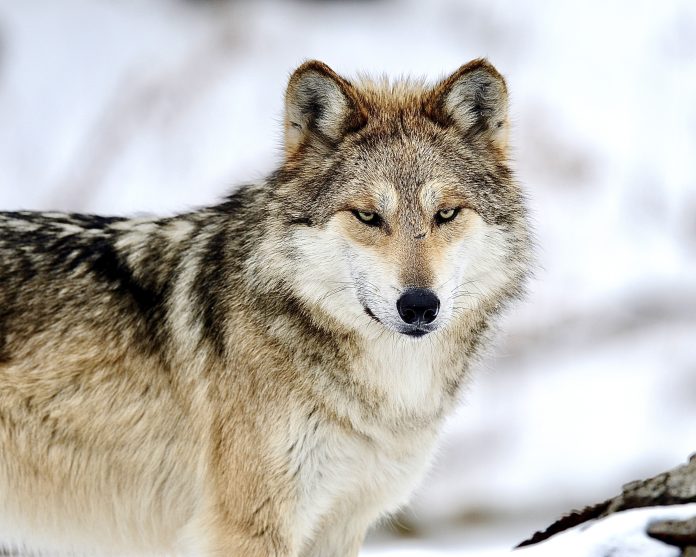
Endangered Mexican Gray Wolf Named ‘Rusty’ Killed By U.S. Fish & Wildlife Service For Allegedly Killing Cattle
By Lauren Lewis
You can help all animals and our planet by choosing compassion on your plate and in your glass. #GoVeg
RELATED ARTICLES
Banning Cruelty: New Legislation Aims To Ban Octopus Farming In The U.S.
New bipartisan legislation has just been introduced in the U.S. to ban commercial octopus farming and prohibit imports of farmed octopus from foreign countries.
The...
Outrage In Yellowstone! Grizzly Bear Killed By Wildlife Officials & Left With Head & Paws Cut Off
Photo by: Trisha McFarland / Cowboy State Daily
A photo of a dead grizzly bear with its head and paws cut off has caused an...
Inside Florida’s Illegal Horse Meat Trade: Undercover Footage Shows Racehorse Being Shot & Butchered
A heart-wrenching discovery of illegal horse slaughter has emerged, with video footage exposing the tragic killing of a racehorse named 'Funny Biz,' who was...
Popular stories
Breaking News
Legislators Urge U.S. Forest Service To Ban Indiscriminate Cyanide Bombs On Public Lands
Last week, U.S. Representatives Jared Huffman (CA-02) and Steve Cohen (TN-09) along with U.S. Senator Jeff Merkley (D-OR) wrote a letter urging the U.S....
News
Breaking! Queen Elizabeth & The Duke Of Edinburgh Appoint Prince William As Patron Of Two Wildlife Conservation Organizations
Yesterday, The Duke of Cambridge, Prince William, became Patron of two wildlife conservation charities, handed to His Royal Highness by The Queen of England...
!! Coronavirus
Another Meat Processing Plant Closes In The U.S. Due To The COVID-19 Pandemic
Yesterday, Smithfield Foods, Inc. issued a statement that its Sioux Falls, South Dakota, facility will remain closed until further notice due to the COVID-19...


